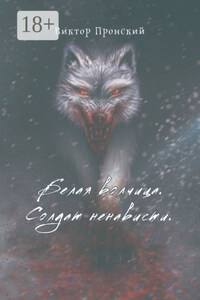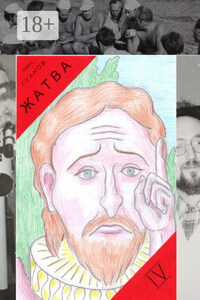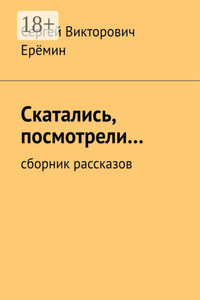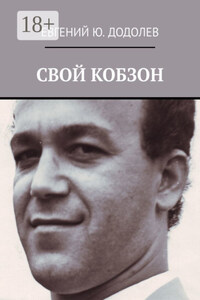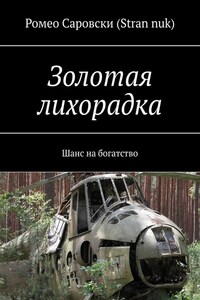Painter Vasiliy Vereschagin is more known as a Batalist depicting war scenes without any pathos. Vereschagin himself hated the epithet “Batalist” calling War as “Furia chasing me all the time”. During short periods free from the “Furia” he travelled around the East – studied it’s nature, habits, architecture. This book is about the final series of paintings by Vereschagin inspired by Japan.
There is a Japanese proverb:
“If you never visited Nikko – you can not say you had ever met real beauty”
(NIKKO WO MIZU, KEKKO TO IU NA)
It appears these simple words had been driving the great Russian painter Vasiliy Vereschagin for at least a half of his life. He managed to travel all around the world but reached the town of his dreams only when he was 61. Apparently, it was not wars and battles that inspired him but the strive towards beauty and mystery. However, “Furia of war” was hiding somewhere nearby. This was the case of Nikko, in the very name of this town there is a hidden buddhist wisdom associated with war.
So when Vereschagin decided to visit Japan, what influenced his choice of the route, what did he want to express in his Japanese series of paintings which became the last in his career? Let us try to scrutinize these points on available pieces of information from miscellaneous sources.
Where Vereschagin could “get infected” with Japan?
In the 2nd half of XIX century there was booming interest towards Oriental art: after opening of Japan in 1853 to the world following 250 years self-isolation period a flow of ukiyo-e paintings, vases, tea pots, ashtrays, furniture and other home utensils in Oriental style hit Europe and America. One of the most active fans in Europe collecting Oriental art pieces was Emile Guimet (1836 – 1918), a French entrepreneur and traveller from Lyon. In 1879 Guimet founded a Museum in Paris which until now bears his name. Vereschagin lived in Paris from 1864 until 1891, so there is possibility the two persons knew each other at least indirectly, and for sure Vereschagin must have visited Guimet’s Museum.
In 1864 – 1865 young 22-year old Vereschagin studied in Paris under supervision of Jean-Léon Gérôme1, who several times visited Middle East countries – Turkey, Egypt, Syria, Palestine, was well accustomed with the art of these countries. Probably under Gerome’s influence later – in 1882 – 1884 Vereschagin visits India, Syria, Palestine, produces a series of paintings on Bible motives. Middle East is definitely not Japan but the vector is towards the East if taking Paris as “the base point”. Approximately at the same time Paris became the starting point of love towards Japananese UKIYO-E painting art for another prominent painter – Vincent van Gogh who in 1886 moved here from Antwerpen to help his younger brother Teo to trade paintings.
After “being infected” with the idea to visit Japan, China and Tibet in Paris Vereschagin asked advice about the route to a literature critic Vladimir Stasov:
TO: V.V.Stasov Sanct-Petersburg, March 10, 1874
Dear Vladimir!
Next week I plan to start the journey firstly to Solovki monastery, then through Siberia towards Far East, Japan, China, Tibet, India. Please do me a favor – advise to me which books I should take with me for reading, and which books I have to read at your library depicting these countries – it’s nature and people. In the latter case – can I borrow a few books from the library to study at home?
I drop to your place tomorrow or the day after tomorrow, if you allow.
Sincerely,
V.Vereschagin”
If the trip to India took place already in 1874, on some reasons the trip to Far East was postponed. In India Vereschagin travelled with his first spouse Elizabeth Maria Fischer-Vereschagina2

